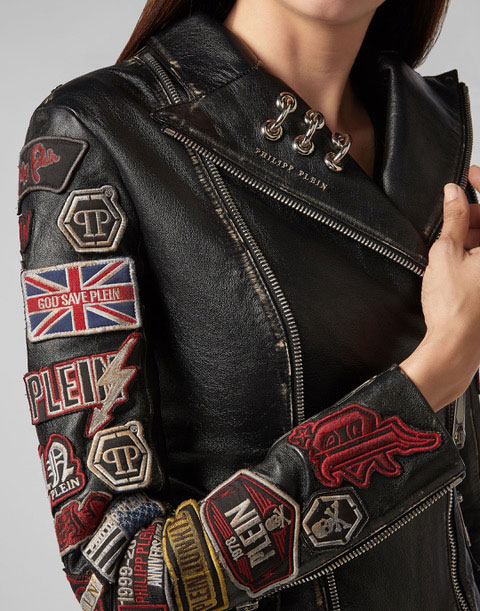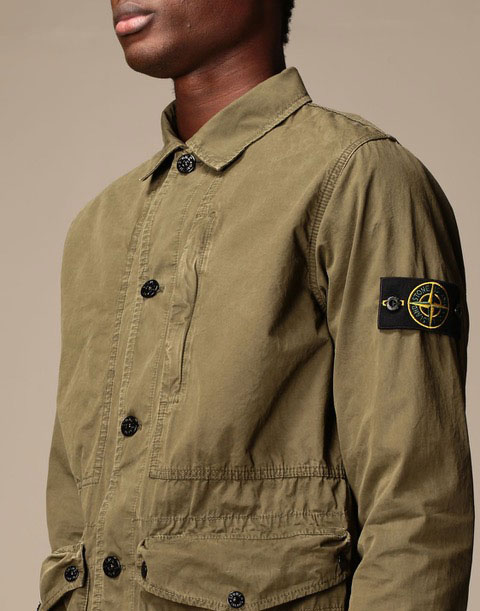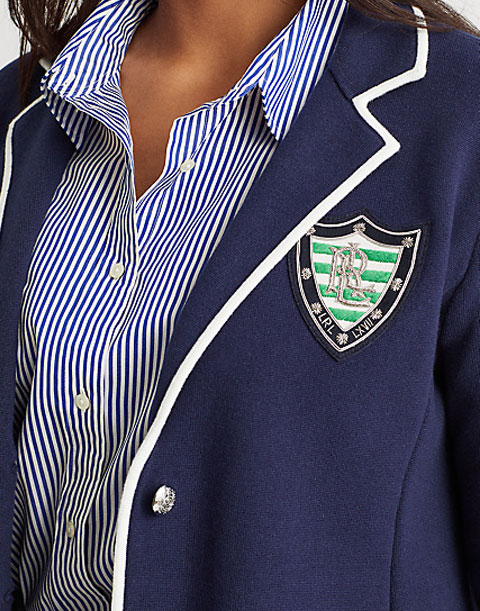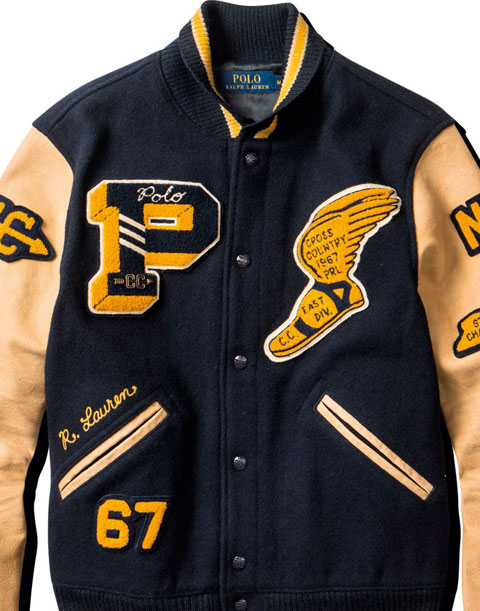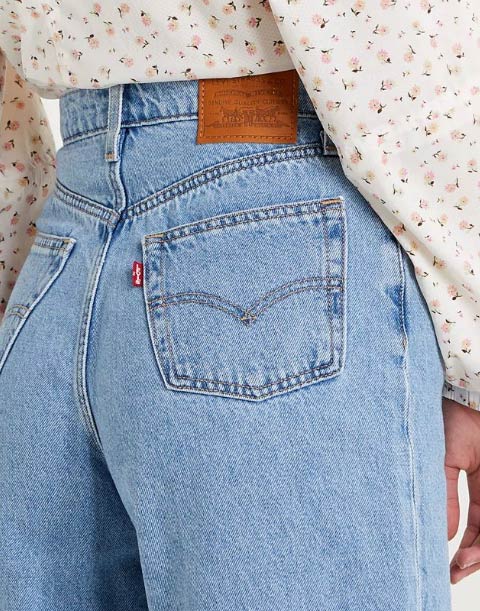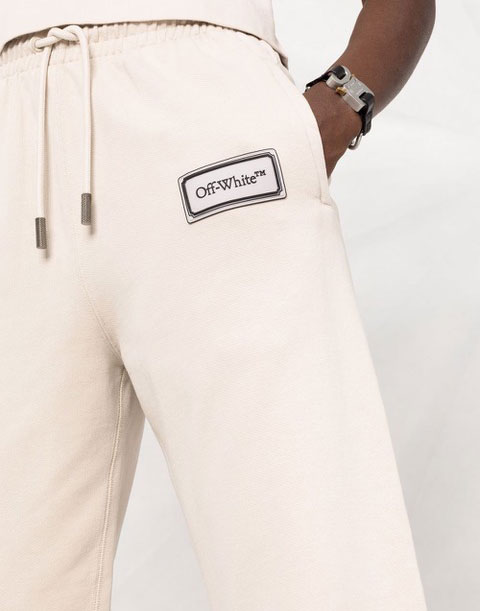Clothing badges: a beginner’s guide
11 June 2021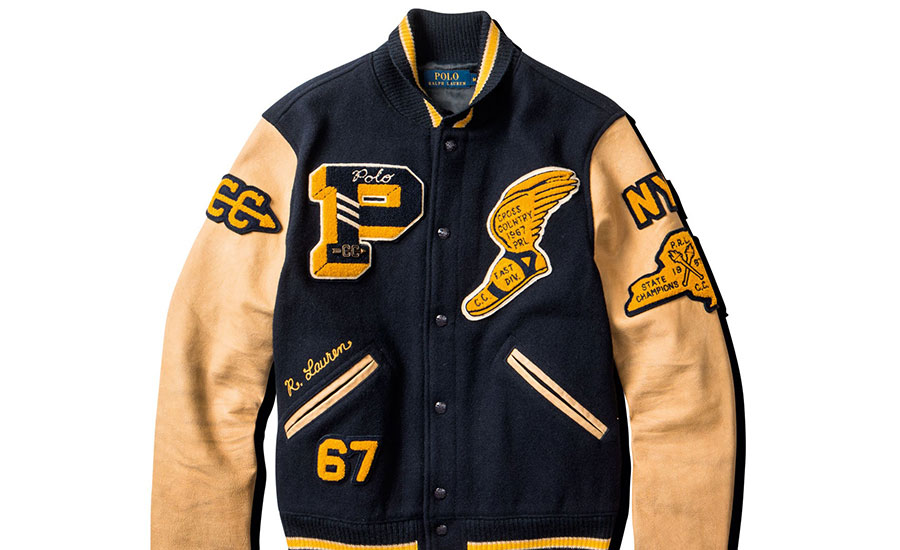
Traditionally used in military uniforms to distinguish between soldiers, the origins of the humble clothing badge have some pretty big history behind them. Following the 1970s civil rights movement in America, the clothing badge became a tool used by protesters to convey messages of peace, hope and determination.As a result, the embroidered patch quickly became a symbol of individualism, rebellion and part of a huge underground subculture.
Fast forward to today and we have seen the clothing badge used by fashion brands both on and off the catwalk. Even Alessandro Michele and the iconic fashion house Gucci have incorporated embroidered motifs in runway shows. It’s no surprise as they can be a great way to elevate the feel and look of any piece especially due to their customisable nature. Revered brands such as OFF-WHITE and Stone Island have also embraced the patch as part of their luxury streetwear vibe, using embroidered patches in recent collections.
If you are thinking of incorporating clothing badges in your apparel, with so many materials and printing techniques available, it can be difficult to know where to start. In this blog post, we break down the anatomy of the clothing patch so you can decide what is right for you.
What clothing patch materials are available?
Fabric, needle and thread. The three very basic components of every great patch that can create striking results. While most patches are made up of polyester-blend fabric and threads, there are a huge variety of materials you can choose from to truly stand out.
The only main consideration when choosing materials is to remember that while most fabric patches hold up pretty well, PVC or bullion materials will probably work better if you are planning on attaching them to uniforms or more heavy duty garments like rain jackets.
If you want your patch to look part of a military style outfit or uniform, a traditional fabric and thread patch is the best option. Alternatively, if you were to use it for a funky clothing piece, backpack or bag you can use several materials and combine them to make a vibrant, textured patch. This is entirely up to you, the sky’s the limit.
Depending on your budget and the style you are trying to achieve there are a multitude of options you can consider. Some of the options we offer are:
Embroidered clothing badges
A classic patch that works for most projects, these patches have a fabric backing with great quality threads.
Woven fashion badges
Much like the embroidered patches, woven patches are high-quality and durable. However, they allow for far more detail and intricacy in design since they are made using a far tighter weave. They are also a more cost-effective alternative in comparison to embroidered patches.
Printed fashion patches
Printed patches are another low cost alternative to embroidered and woven badges. They allow for a high level of detail and offer unlimited colour options. They incorporate screen-printing techniques to create a great quality finish.
Bullion patches
These patches are extremely durable, with gold and silver threads as opposed to an ordinary yarn or thread. Most commonly used in military uniforms and elite clubs, these patches really stand out.
Chenille patches:
Chenille clothing badges are textured, fuzzy and have a soft finish. Made popular thanks to the “letterman” varsity jacket, these vintage looking patches are a favourite amongst athletic and sports brands.
Leather clothing badges
These patches are a classic material especially when high-quality leather is used. Leather badges are traditionally used on denim jeans and jackets to give an edgy and alternative look.
PVC & rubber clothing badges
These rubber badges are great for the much coveted 3D effect and are extremely long-lasting, withstanding harsh weather conditions. They are great for clothing that is mostly used by outdoor and sport brands for apparel such as rain and ski coats.
Choosing the right backing for your patch
While the patch material is the most important part of the patch, ensuring you have a good quality backing is just as important. Having your patch fall off or unable to withstand a few knocks and bumps can be pretty detrimental to your brand. While iron-on is a pretty standard backing, it is possible to use other techniques such as:
- Velcro backing
- Hook and loop backing
- Adhesive backing
- Thin plastic backing
- Magnetic backing
- Pins
These options sometimes allow for the brand badges to be removed and moved around if this is something you wish to offer your customers. However, most fashion brands opt for the iron-on backing.
The right clothing patch is a great way of adding messages, symbols or simply improving the aesthetic of a garment. Here at Elite Labels, we pride ourselves in offering some of the best quality with rapid turnaround times to provide beautiful custom patches you’ll be proud to put your own name behind.
